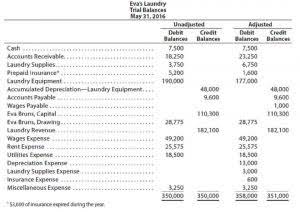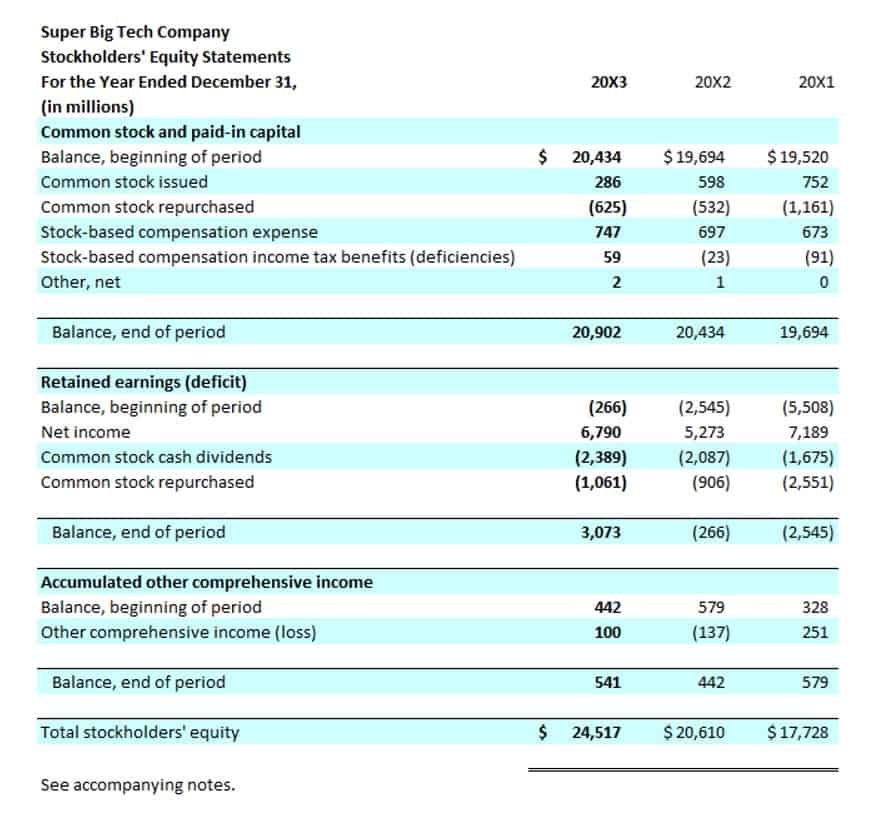
We will create journal entries for basic nonprofit transactions and prepare financial statements like the Statement of Activities and Statement of Financial Position from trial balances. Additionally, we will get a better understanding of FASB’s nonprofit requirements as they relate to reporting expenses by function and nature as well as the requirements for the components of a nonprofit’s Statement of Cash Flow. The principles of fund accounting are governed by standards such as the Governmental Accounting Standards Board (GASB) for public entities and the Financial Accounting Standards Board (FASB) for nonprofits. GASB Statement No. 34 requires governments to present both fund-based and government-wide financial statements, providing a comprehensive view of financial health. This dual perspective helps stakeholders understand both short-term financial positions and long-term fiscal sustainability.
Choosing the Right Depreciation Method for Your Business Assets
Profit oriented organizations, or “businesses” provide financial information to their investors; not-for-profit businesses are obligated to present financial reports to donators and public-sector contributors and regulators. The provided information involves data about funding resources, commitments, net resources and organizational performance during a set period of time. Therefore, even though not-for-profit organizations have unique characteristics that differentiate them from businesses, the financial reporting process is as same as in any other organization (Mcgraw, McManus & Viele, 2011). Fund accounting is central to financial management in government and nonprofit organizations, offering a structured approach to tracking resources.
- He is an expert on personal finance, corporate finance and real estate and has assisted thousands of clients in meeting their financial goals over his career.
- Get help when you need it and review our policies to understand how we protect your business data.
- Companies must ensure these restricted funds are allocated strictly according to the donor’s wishes, ensuring that every seed (or dollar) is used precisely as intended.
- These reports provide insights into the organization’s financial health and ensure compliance with legal standards.
- Fund accounting is central to financial management in governmental and nonprofit organizations, offering a structured method for tracking resources.
Data Analytics and Data Visualization

We document trends in nonprofit accounting research during the past two decades, specifically identifying data sources used, research topics investigated, and journals that published this work. Our findings indicate that accessible and affordable digitized data opened the field to scholars who may have previously perceived data collection as a barrier to entry in the field. Nonprofit accounting research has increased significantly and is now published broadly in a wide array of journals.

Request Resources
- Revenue streams include contributions, grants, and program service fees, each subject to recognition criteria under ASC 958.
- One common approach is the direct allocation method, which assigns costs directly to benefiting activities based on actual usage.
- We provide extensive coverageof nonprofit organizations (Chapter 13), as well as entities that can take theform of governments or nonprofits in our coverageof health care entities (Chapter14) and colleges anduniversities (Chapter 15).
- They also use fund accounting and offer financial statements to the public each year.
- Imagine borrowing money from your friends or family; you’ll need to pay back both the borrowed amount (principal) and an agreed-upon interest rate over time.
Governments and nonprofits take our tax and contribution money to provide valuable services. It’s important to understand the different financial statements for these nonbusiness organizations (NBOs) so you can be sure where your money is going. One of the primary distinctions between government and nonprofit accounting lies in the governing bodies that set their respective financial reporting standards. The Financial Accounting Standards Board (FASB) provides guidance for nonprofits through the Accounting Standards Codification (ASC) 958, outlining revenue recognition principles. For example, unconditional promises to give are recorded as revenue when made, while conditional promises are recognized once conditions are met.

When will I have access to the lectures and assignments?
- Modern financial management software like Workday Adaptive Planning and Oracle NetSuite offers robust functionalities for real-time data analysis and reporting.
- Understanding the unique accounting requirements of governmental and nonprofit entities is crucial.
- Understanding what fund accounting is and how it works is nonetheless the only way to confidently look at the financial publications that governmental and nonprofit organizations publish each year.
- It ensures that financial statements accurately reflect the organization’s financial position, enabling stakeholders to make informed decisions.
Governmental reporting emphasizes accountability over profitability, focusing on demonstrating how funds are managed to achieve public objectives. Budgetary comparison schedules within the CAFR compare actual financial results to the legally adopted budget, assessing https://tungstenroyce.com/find-an-accountant-or-bookkeeper-near-you-2 adherence to financial plans and identifying variances requiring corrective actions or policy adjustments. GAAP for non-profits includes standards for revenue recognition, expense reporting, and financial statement presentation.

Effective budgetary control and reporting are essential for government and nonprofit organizations, ensuring fiscal responsibility and strategic financial planning. Developing a comprehensive budget that aligns with an organization’s goals and anticipated revenue streams is crucial. The budgeting process involves forecasting revenues and expenses, requiring input from various departments to create a realistic financial plan. This collaborative effort supports strategic goal setting and enhances communication across the organization. The Governmental Accounting Standards Board (GASB) establishes principles for fund-based accounting.

Risk assessment identifies potential financial, operational, or reputational risks, enabling mitigation strategies. Engaging stakeholders in decision-making enhances transparency and fosters alignment with organizational objectives. The Statement of Cash Flows illustrates cash inflows and outflows from operating, investing, and financing activities, providing a clear picture of liquidity and financial flexibility. For instance, operating cash flows might include donor receipts and supplier payments, while investing activities involve long-term asset transactions.
- Through online lecture and instructor-led Q&A sessions, this course includes a review and evaluation of presently recommended accounting and financial reporting for state and local governmental units.
- It is crafted with input from departments and stakeholders, incorporating historical data and future projections.
- By fostering a culture of accountability and transparency, nonprofits can effectively manage their resources and achieve their mission objectives.
- For instance, a nonprofit might reserve funds for a future building project, ensuring the money is not used for other purposes.
Assignments incorporate whatstudents have learned in Chapters3, 4, 5, 6, 7, 9 and 10 into one problem—going from budgetary accounting to the preparationof governmental fund, enterprise fund, and government-wide financial statements. Understanding government and nonprofit accounting practices is essential for stakeholders who rely on accurate financial information for decision-making. This examination delves into fund-based accounting, financial reporting, budgetary control, and stakeholder analysis, offering insights into how these elements contribute to effective governance and management within these organizations.
The guided examples allow students to do an exercise that reinforces the accounting concept or application discussed in that section. To enliven the text, we include a special feature that we call Governmental (or Nonprofit) Accounting in Practice or Federal Financial Reporting in Practice. This document discusses the key differences Mental Health Billing between governmental/not-for-profit (NFP) entities and business enterprises. Governmental and NFP entities operate under different legal and financial constraints compared to businesses. Financial reporting focuses on accountability, compliance with budgets/restrictions, and measuring service efforts rather than profitability.
After successfully issuing bonds, the next step is managing the interest expense that comes with them. Imagine borrowing money from your friends or family; you’ll need accounting for governmental and nonprofit organizations to pay back both the borrowed amount (principal) and an agreed-upon interest rate over time. When it comes to raising capital for your organization, one of the most common methods is issuing bonds. Think of it like selling IOUs to investors who are essentially lending you money with the promise that they will get their principal back plus interest over a set period. But before you dive into this financial transaction, there are several important considerations and steps to follow. By accurately accounting for both depreciation methods and AROs, companies ensure they’re not only managing their current assets effectively but also preparing for the inevitable end-of-life stages of these investments.
